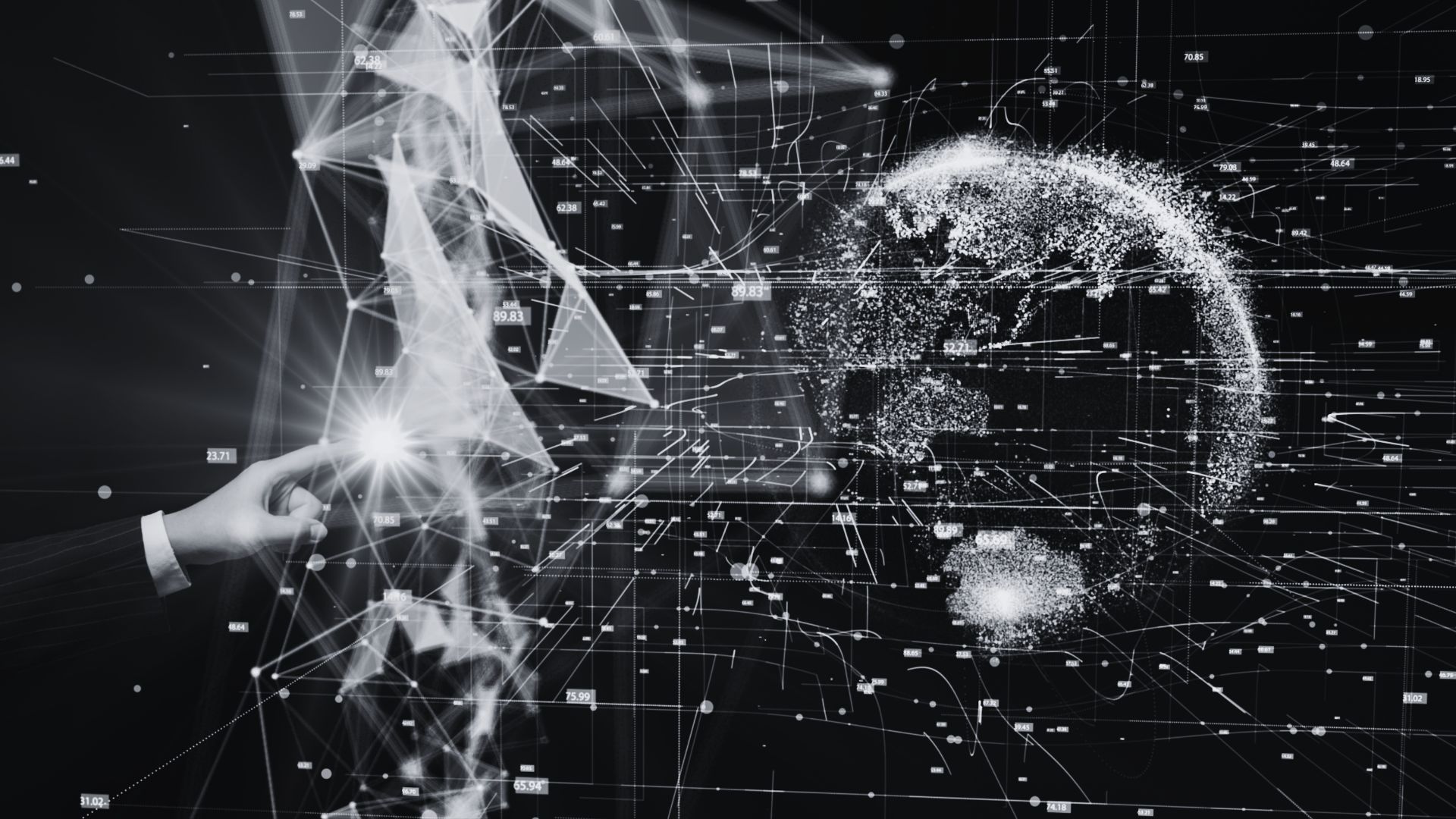Embracing AI: Revolutionising Workflows and Enriching Experiences
It’s no secret that here at iwGROUP, we’re a big fan of AI and all things automation. Outsourcing mundane tasks to an algorithm capable of guided decision-making that can adapt and improve is a powerful business resource. It frees up human workers for more innovative & creative tasks, which adds value to and enriches client and user experience. iwGROUP are not alone in pushing the boundaries of this powerful tool. Public sector organisations, military and Governments are waking up to the idea that AI can make life easier and safer.
Artificial Intelligence For Disaster Response and Early Warning Systems
It’s also no secret that global weather has been a bit de-stabilised of late. Freak weather is becoming far more common, therefore culminating in natural disasters. Far beyond the intensity and frequency we’ve been used to in normal life, this has put increased pressure on local emergency services. Rapid response to these disasters needs to be exactly that – rapid. Anything less than that costs lives.
As we’ve seen in Hawaii, the lack of warning for the emergency services and local population is having devastating effects. Evacuation orders are not being given until people are already in the middle of a disaster. Current warning systems are reliant on manual intervention, which introduces margins for error and opportunities for hesitance. An AI disaster response system could feasibly eradicate this. Using AI recognition and based on parameters of certainty, a system could either escalate an alert all the way to mobilisation and evacuation warnings. This can also prompt the relevant person(s) to do a manual check before escalating manually. Having this system built into public CCTV networks (which exist in high numbers already in most countries) makes this a relatively simple add on.
In fact, such a solution is already being investigated in California. Like Hawaii, they have experienced seasonal wildfires, which peaked intensely through freak heatwave events; something become far more common globally.
AI’s Role in Resource Allocation and Aid Delivery
According to The World Economic Forum and Datafloq, AI has been instrumental in enhancing disaster response across various dimensions. Here are some recent examples demonstrating its impact:
Damage Assessment: AI technologies are significantly reducing the time needed to assess damage after natural disasters. For instance, AI algorithms can analyse satellite imagery and weather data to provide rapid assessments of building and infrastructure damage, allowing for quicker and more efficient allocation of resources and aid.
Resource Allocation and Aid Delivery: AI helps in predicting the needs of displaced populations by using geo-spatial, weather, and historical disaster data. This predictive capability enables emergency responders to determine the quantity and location of essential supplies like water, food, and medical care, improving the overall efficiency of relief efforts.
Social Media Monitoring: During disasters, AI systems analyse social media feeds to gather real-time information about conditions on the ground. This includes identifying areas where victims need immediate assistance or where infrastructure damage has occurred, which helps in directing aid more effectively.
Communication and Warnings: AI can automate and enhance disaster warning systems, ensuring timely and accurate communication to at-risk populations. For example, automated text alerts about impending tsunamis or hurricanes can save lives by prompting evacuations and other precautionary measures.
Integration with Surveillance Systems: AI can be integrated with video surveillance systems from manufacturers like Rhombus and Cisco Meraki (with whom iwGROUP are partners), allowing for real-time monitoring of access points and identification of suspicious activities. This helps in preventing unauthorised access and enhancing overall security during disaster scenarios.
These advancements highlight AI’s potential to revolutionise disaster response, making it more efficient and effective in saving lives and reducing damage.
AI – Potential v pitfalls
AI is often associated as something to be wary of; it’s the virtual monster that will ‘steal jobs’ or ‘misappropriate data’. I certainly agree it’s a technology that needs to be managed and implemented correctly. However, the potential uses of AI in disaster response and its benefits to humanity are irrefutable.
Chris Burfield, Joint CEO, iwGROUP

